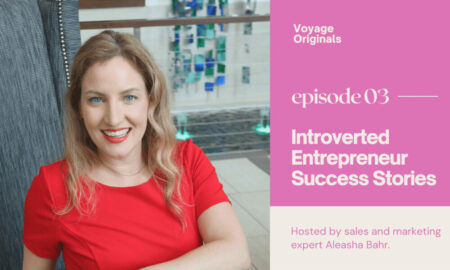

Today we’d like to introduce you to Paul Joseph.
Hi Paul, we’d love for you to start by introducing yourself.
I have always wanted to be an avid entrepreneur who would change the world in any way possible. As a 16-year-old, I saw clear disparities in how various lucrative money ventures such as Bitcoin were hurting a lot of people who did not know the upside along with the clear issues that these technologies did to the environment. I was able to become a part of this start-up as a direct US Affiliate known as Pixfuser which operates a marketplace that promotes environmental sustainability. Pixfuser is a company that allows for more liquid assets regarding NFTs through 3d printers and these 3d printers have applications in various other fields such as medicine/traffic. As a US Affiliate, I was tasked with the development of traffic sensors through this 3d printing technology. Through the direct implementation of Braess Paradox and the coordination of my city Frisco, I was able to write a research paper currently pending publication on a technology that utilized a SUMO GUI to run virtual simulations. This research is currently being reviewed by the IEEE and Expert Systems with Applications which has an impact factor of around 6.954. These virtual simulations lowered the overall rates of traffic within a small portion of Frisco, Texas working with city traffic directors. I am currently awaiting more interest from other cities for this traffic management software. This ties directly back to Pixfuser as Pixfuser is trying to leverage these 3d printers in various fields such as traffic sensors which can eventually be 3d printed. I hope to further spread this traffic management software to other cities where there can be potential areas of interest for disrupting current traffic congestion trends.
Would you say it’s been a smooth road, and if not, what are some of the biggest challenges you’ve faced along the way?
It has not been a smooth road at all as I have faced challenges questioning my attempt at creating positive impact. Some struggles along the way include developing the interface for traffic management. There were instances where the software looked obsolete and similar to modern traffic congestion software. Along with that, a lot of city directors in various cities were not interested in the technology at first as I had no verifiable proof that this technology was any different than the current traffic management software in place. Another clear issue was the lack of overall funding to develop such an automized system at first. Pixfuser had to devote further capital towards other ventures so it left me in a tough position in terms of developing this technology. Through the application to various grants, I was able to alleviate that problem with around $800 which I used effectively. The $800 given by various organizations for my project was used effectively to develop the traffic management software. After developing the software, I would face various technical issues with the technology which I was able to alleviate with further assistance from Pixfuser.
Thanks for sharing that. So, maybe next you can tell us a bit more about your work?
As a US Affiliate within Pixfuser. I specialize within obtaining letters of intent from various companies to use our 3d printing servers. I am known for the research I am able to conduct before publication within various conferences such as the ICTETMRS along with having a larger professional network. I am currently trying to obtain a letter of intent from UT Southwestern for their 3d printers as I have been working on a Workplace Violence software with the UT Southwestern research team. I hope to gain further letters of intent from other major companies. Along with that, my main area of interest is with the field of traffic management with the creation of this traffic management software which utilizes Braess Paradox to look at traffic routes. I am most proud of the fact that this technology has been considered by a notable electric vehicle company known as Lucid for potential implementation. While the company ultimately declined the offer to utilize this technology, being able to work with an entity on that scale of positive impact is a life-changing moment. This is due to the fact that a larger company considered the technology which has been in its testing phase for a longer period of time. Something that sets me apart from others is my drive through adversity. I understand the clear difficulties that come with trying to impact the world at a younger age along with a lot of people that doubt your vision. This sets me apart as my vision is clear in the fact that I am not doubtful in how I can better impact those around me. Being able to persevere through challenges helps me grow more as a person as I can start understanding my own limitations and when it is time to call on others for help.
Risk-taking is a topic that people have widely differing views on – we’d love to hear your thoughts.
I view risk-taking as a beneficial tool for further growth and understanding the limitations that may come from possible failures. Risk-taking is on many scales so any type of risk can have a positive outcome depending on the overall execution by the individual. Risks should be taken within life so that an individual can redefine the goals that he/she has towards becoming the best version of themselves. A major risk that I took was joining a 3d printing start-up such as Pixfuser with little entrepreneurial knowledge. At first, I did not know my role within the start-up due to the various competitions that the start-up has participated in winning nearly $3,000 in funding. I felt a sense of imposter syndrome at first as I felt that I did not fit within this start-up but I was able to continue with the risk of being a part of this start-up. This risk would pay off as I was able to branch off through the start-up’s resources and create a local community impact with the technology that I was able to help develop. Along with that, I was able to get opportunities that I could not have dreamed about before such as interviewing a VC undergraduate student at UC Berkely who managed nearly 10 million dollars in capital for startups that came from UC Berkely. Through risks, I was able to create new limits on what I could truly accomplish and these risks allowed me to develop new skills such as being able to communicate in a professional setting, greater time management, and creativity.
Contact Info:
- Website: https://www.pixfuser.com/blog
![]()
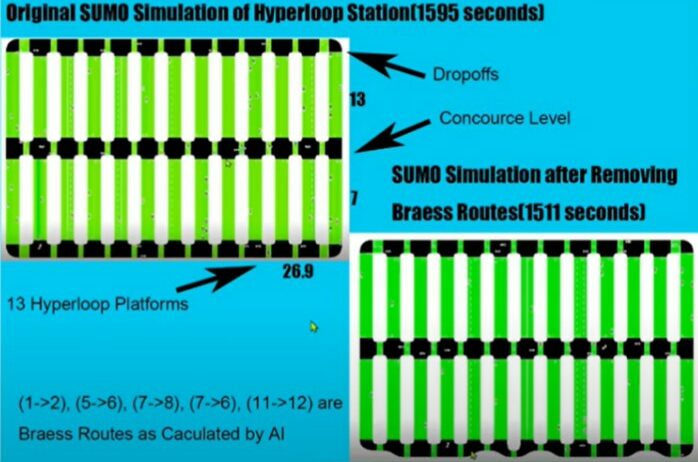
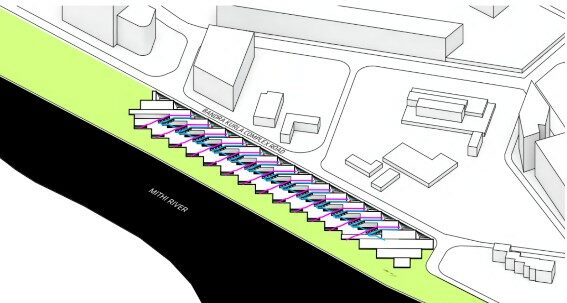
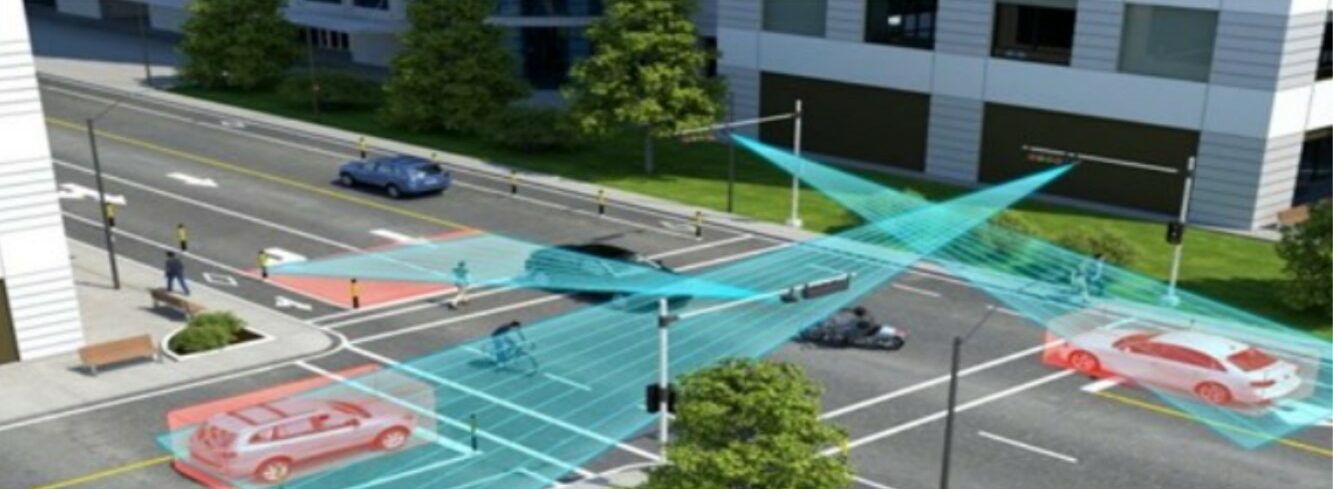
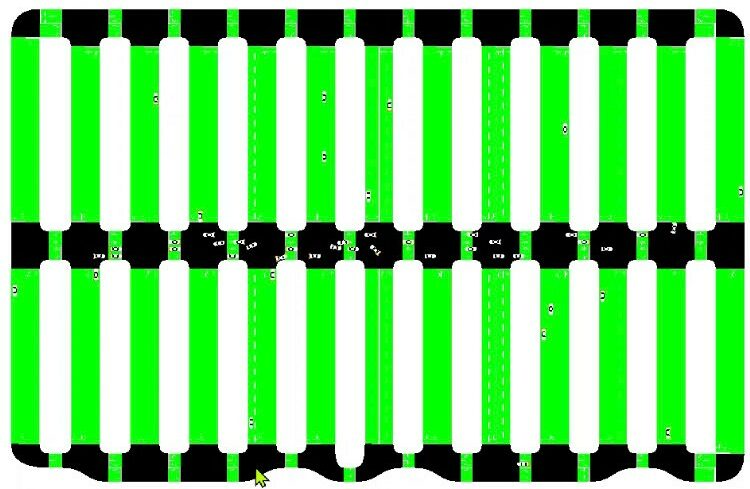
Image Credits
Paul Joseph










